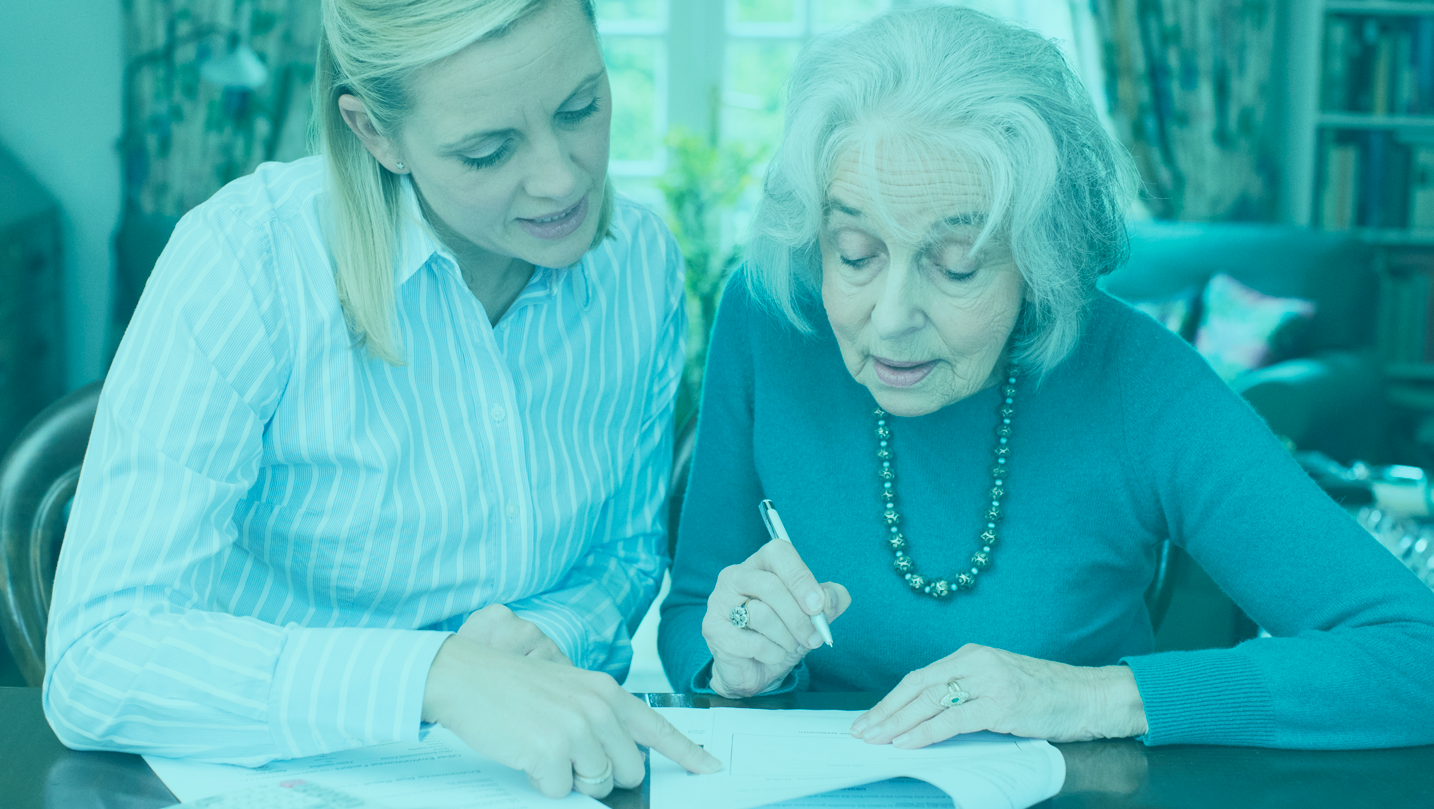Whether you live in a residential neighborhood, apartment building, or a more rural area, there is comfort knowing your neighbors – and knowing they are there for you if needed. When you know your neighbors and they know you, you can be there for each other before, during and after hurricanes or other emergencies.
Here are a few things you can put in place now to be sure neighbors are in touch and able to help each other when needed:
- Build a Community Contact List – If you live in a community with an HOA, make sure they maintain an email and cell phone list of all residents. Be sure the list is available online and print a copy every few months to be sure you have current information readily available. If you don’t have an HOA, build your own contact list by calling or visiting neighbors in person to gather information, then share with everyone on the list. Take note of who might need extra help in an emergency (the elderly or physically handicapped, those with special needs, etc.)
- Start a Neighborhood Facebook Page or Text Group – Use these resources to connect with neighbors, report emergencies, check on them during hurricanes, and more. Share links and details on evacuation routes, emergency supply kits, and other sources that will help neighbors prepare.
- Prepare and Share a List of Local Emergency Resources – This list should include local shelters (and if they are dog-friendly), food pantries, churches, hospitals, etc.
- Offer to Take in Needy Neighbors – If a flood, fire, or storm spared your property but damaged someone else’s, reach out to displaced neighbors to offer support or a place to stay. If you feel comfortable, post your offer on the neighborhood Facebook page or group text.
- Hold Practice Emergency Drills – Well before hurricane season, ask local safety officials to speak to your neighborhood group or host an educational event about best practices for staying safe during a hurricane or other emergency.
- Organize a FEMA Community Emergency Response Team (CERT) – The CERT program is sponsored at the local level by elected officials and/or emergency management teams to teach community members basic disaster-response skills. This can include fire safety, search and rescue initiatives, and emergency medical knowledge. These trained individuals are sometimes deployed during an emergency or disaster until professional first responders can arrive.
- Help Neighbors Create an Emergency Kit – Every home and office should have an emergency supply kit. Use VYRD’s article as a starting point of recommended items for your kit. Consider hosing a fun social event to create kits for the elderly or needy people in your neighborhood.
- Apps to Share –Help your neighbors stay alert on severe weather and other emergency by sharing great apps with them. You might even set the apps up for elderly neighbors so they can be up-to-date on important safety information.
- Conduct Neighbor Check-ins – When the (literal) dust settles from hurricane or other emergency, reach out to neighbors and friends to be sure they are OK or to see if they need help of any kind. Use your emergency supplies and resource list to offer the best help.
